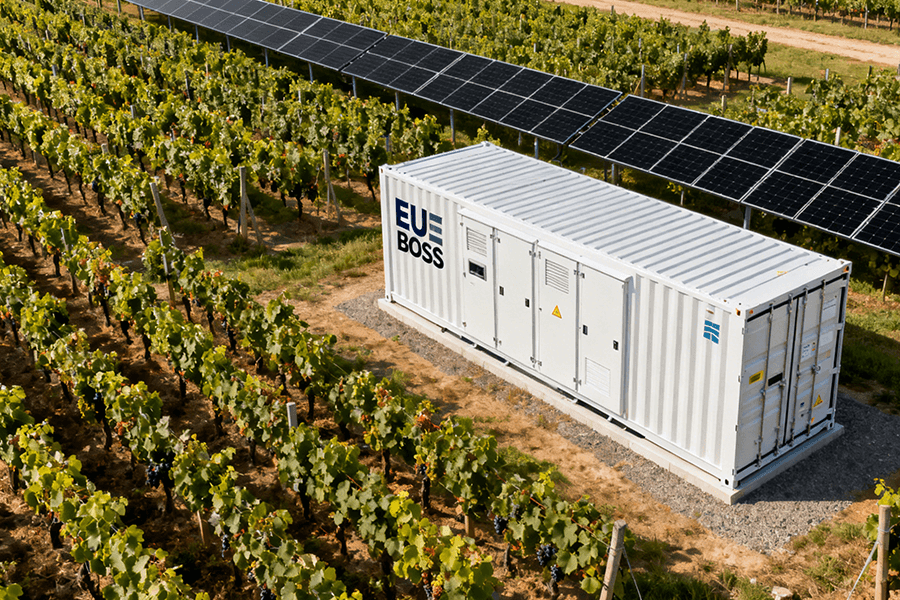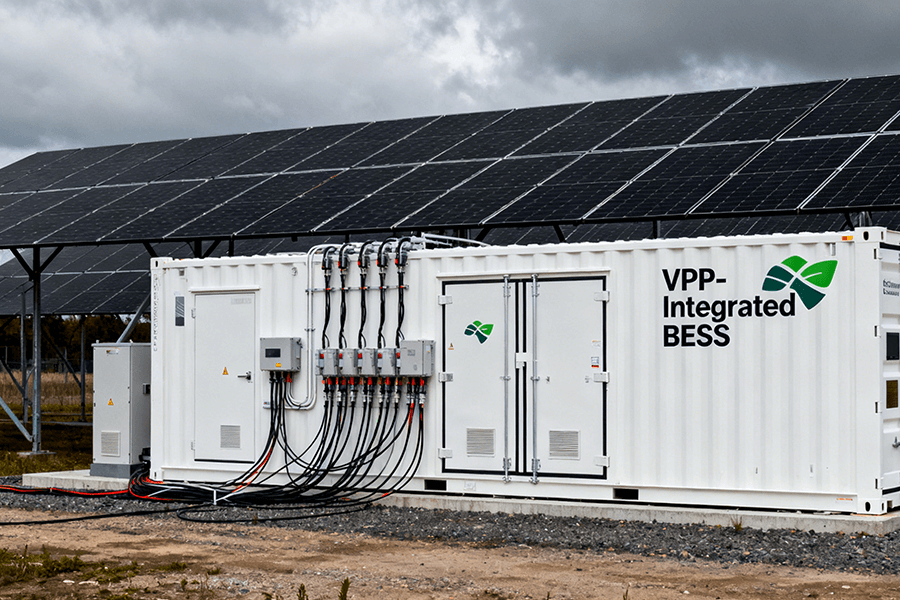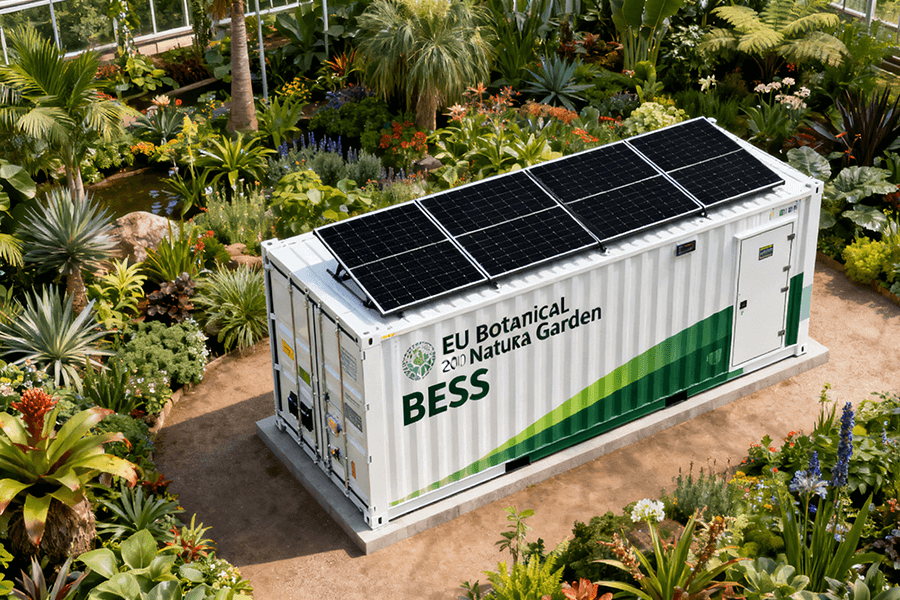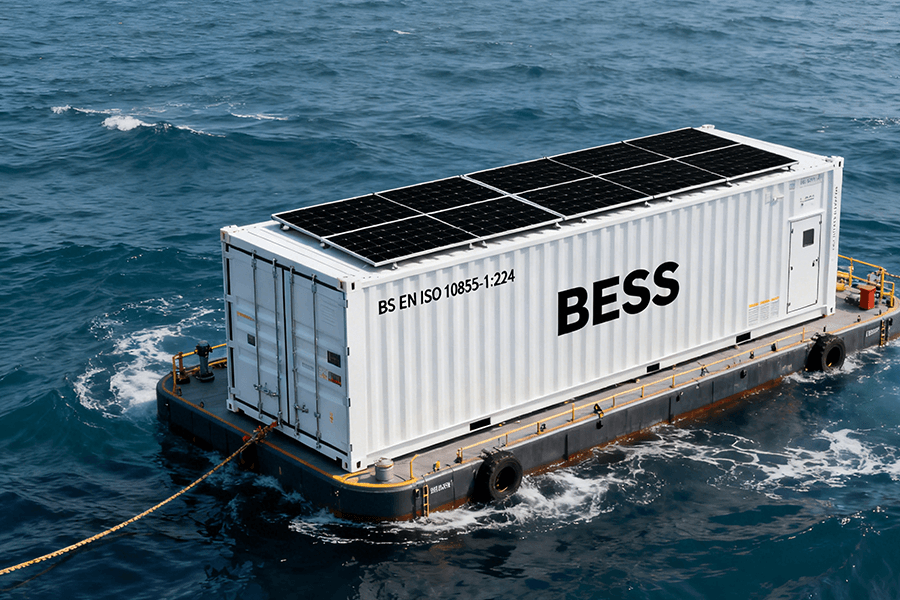In an era of growing energy demand and environmental concerns, large-scale solar power plants have emerged as a transformative force in the global energy landscape. These monumental installations harness the power of the sun to generate electricity, offering a clean and sustainable solution to meet the world’s insatiable appetite for energy. The development of large solar power plants is not only a response to the urgent need for cleaner energy sources but also a testament to human ingenuity and commitment to a greener future.
The journey of large solar power plants has been marked by incredible advancements over the years. From modest beginnings to expansive solar arrays spanning thousands of acres, they have come a long way. As the demand for energy continues to soar, these large solar power plants are playing a pivotal role in meeting the world’s electricity needs.
One of the primary reasons behind the growth of large solar power plants is their incredible capacity to generate electricity. Unlike small-scale residential solar panels, these massive solar installations can produce electricity on a scale that is capable of powering entire cities. In regions with abundant sunshine, these plants can contribute significantly to the local energy grid, reducing the reliance on fossil fuels and decreasing greenhouse gas emissions.
The construction of large solar power plants is a highly collaborative effort, bringing together expertise from various fields, including engineering, environmental science, and economics. These projects require meticulous planning, design, and execution. Engineers and architects work together to optimize the arrangement of solar panels, ensuring maximum exposure to sunlight and energy production efficiency. Environmental scientists assess the impact of these projects on the local ecosystem and take measures to mitigate any negative effects.
Large-scale solar projects are not confined to any specific geographical location. They have been embraced globally, each tailored to the unique requirements and environmental conditions of their host region. In the sun-drenched deserts of the Middle East, solar plants with thousands of solar panels stand as testaments to the region’s commitment to reducing reliance on fossil fuels. Meanwhile, in countries like the United States, vast solar arrays have been established in arid regions, contributing to the nation’s renewable energy goals.
These large solar power plants also have a significant impact on the global energy market. As their capacity to generate electricity increases, they become attractive options for meeting the growing energy demands of urban centers and industrial facilities. Furthermore, their expansion contributes to energy diversification and security, reducing the dependence on fossil fuels and minimizing the risk associated with their price volatility.
One of the remarkable aspects of large solar power plants is their positive impact on the environment. By harnessing the sun’s energy, they generate electricity without producing harmful emissions or greenhouse gases. The transition from fossil fuels to solar power is crucial for mitigating climate change and reducing air pollution. It is no surprise that many governments and organizations are investing in these projects to achieve their renewable energy and carbon reduction goals.
These large solar power plants have not only a local but also a global reach. They contribute to a collective effort to combat climate change and promote sustainable energy practices. The energy generated by these solar arrays is clean and abundant, making it a valuable resource for both developed and developing nations. In areas with limited access to traditional energy sources, such as remote villages in Africa or small islands in the Pacific, large solar power plants offer a lifeline by providing a clean and reliable source of electricity.
As technology continues to advance, the future of large solar power plants holds even greater promise. New innovations, such as more efficient solar panels and improved energy storage solutions, are making these installations more reliable and cost-effective. As economies of scale kick in, the cost of solar energy production is decreasing, making it a viable and affordable option for an increasing number of regions around the world.
In conclusion, the development of large solar power plants represents a significant stride toward meeting the world’s energy demands in a sustainable and environmentally responsible manner. These projects showcase the potential of renewable energy sources, particularly solar power, to transform our global energy landscape. As the world continues to grapple with climate change and seeks to reduce its reliance on fossil fuels, the growth of large solar power plants provides a beacon of hope and a path toward a brighter, cleaner, and more sustainable future.
If you want to customize your own photovoltaic solution today, please contact us.




